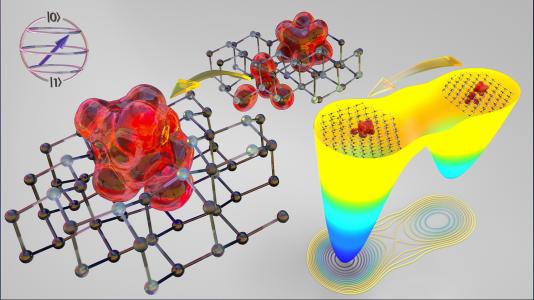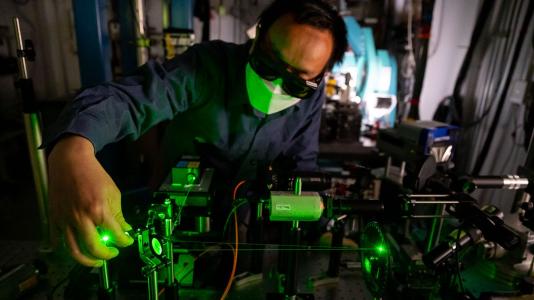
- Systems and Methods for Generating Phase Diagrams for Metastable Material States (ANL-IN-19-012)
This invention introduces a new paradigm for materials science and solid-state chemistry by moving away from an explorative experimental synthesis, followed by phenomenological modeling approach, towards a predictive process by identifying phase space where metastable states occur from machine learning and first principles.



